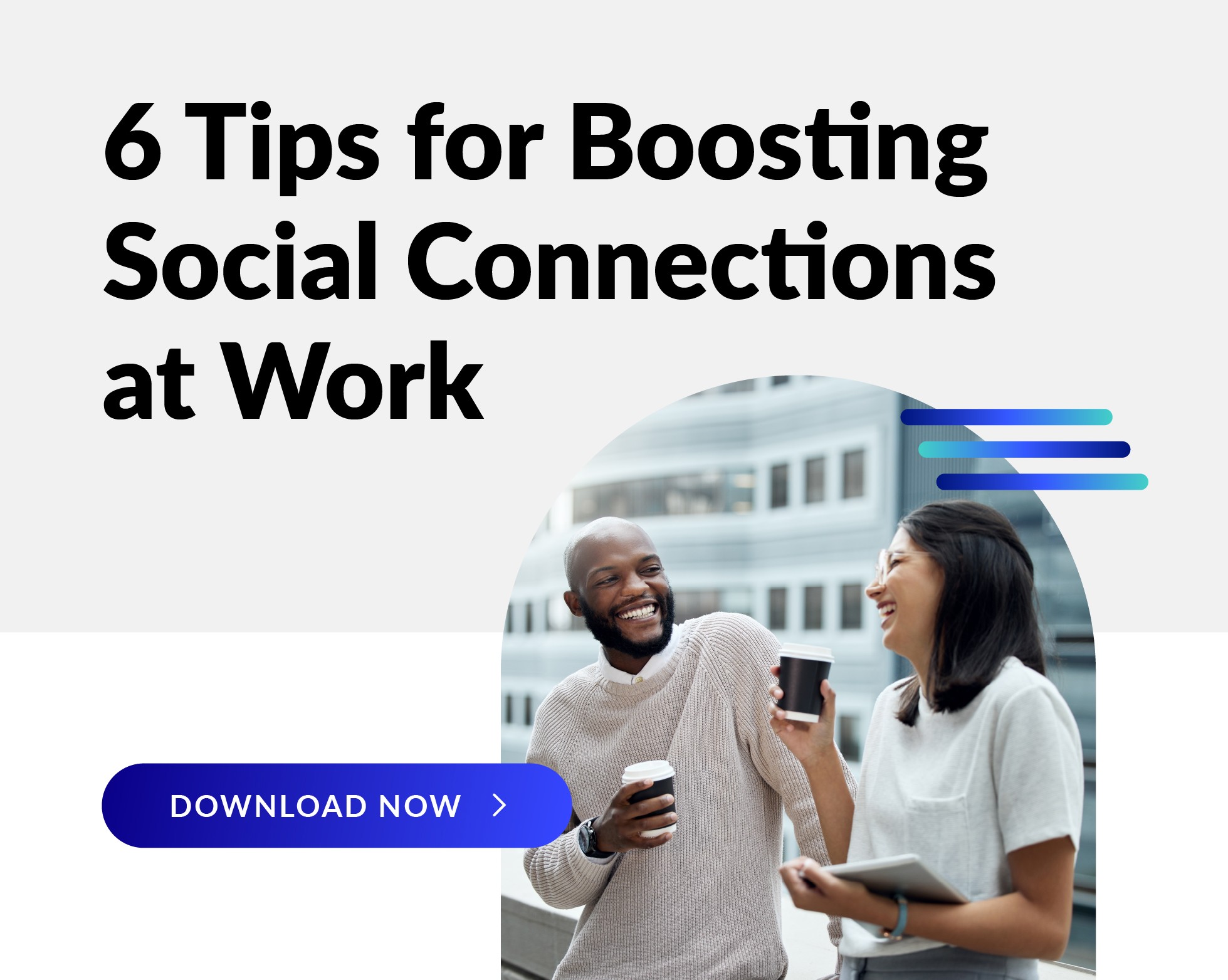 Our recent Diversity, Equity, Inclusion and Belonging (DEI&B) research uncovered new insights about who bears responsibility for creating a more inclusive workplace—and the results may surprise you. In this week’s blog, we explore our findings on leadership and DEI&B and offer suggestions for how organizations can help leaders and managers foster increased accountability on teams.
Our recent Diversity, Equity, Inclusion and Belonging (DEI&B) research uncovered new insights about who bears responsibility for creating a more inclusive workplace—and the results may surprise you. In this week’s blog, we explore our findings on leadership and DEI&B and offer suggestions for how organizations can help leaders and managers foster increased accountability on teams.
About our research
In September 2022, with the help of Blue Research, WebMD Health Services conducted a survey to better understand employee experiences and perceptions of their employers’ DEI&B efforts, and whether those programs and policies had made a positive difference in their work life.
In general, employees felt that their employers’ DEI&B efforts fell short. More than 60% said their company is not doing enough, and nearly two-thirds said they would benefit if their company were truly committed to DEI&B policies. And, almost half (46%) have personally experienced situations inconsistent with DEI&B, i.e., feeling like an outsider or that their opinions and perspectives were not always valued.
Employees in our survey were particularly critical of efforts to support belonging. Fifty-seven percent of employees felt their companies fell short in ensuring that they felt included and valued. This is compared with 43% of respondents citing diversity, 53% citing equity, and 48% citing inclusion as needing improvement.
And while this may be indicative of the fact that “belonging” is a relative newcomer to DEI, it’s important to highlight that there is much work to do in this space, especially for LGBTQ employees – 65% of whom felt companies need to do a better job of fostering belonging.
Who should be accountable for DEI&B efforts?
While nearly all respondents said their CEO would publicly support DEI&B efforts, almost half (46%) felt their company does not actually hold leaders accountable for translating that support into action. This points to a disconnect between what employers publicly support and commit to and how DEI&B plays out in the workplace.
In addition, respondents had strong opinions on where responsibility for DEI&B should lie.
When asked, “Who do you think should be most responsible for ensuring your company is supporting DEI&B?”
- 44% cited managers or directors who directly oversee employees.
- 29% felt that business unit leaders should be responsible.
- 16% said the job should be left to Human Resources.
- 10% said “other” or “don’t know.”
So while it’s clearly important for CEOs and business unit leaders to embrace DEI&B, and for Human Resources to continue to recruit and hire a diverse employee population, employees felt strongly that much of the work of creating an inclusive workplace should fall to the managers with whom they work most closely.
How can organizations better equip managers with the skills to help bridge the leadership/DEI&B gap?
Offer a model for what an inclusive leader looks like.
- Ensure sure team members feel free to bring their authentic selves to work, and strive for a workplace culture where individuality is both noticed and valued.1
- Work to eliminate “outsiderness” and increase belonging; in other words, recognize when certain behaviors tend to exclude certain groups of people.2
- Create an environment where people are comfortable openly sharing their thoughts and ideas and taking risks (known as “psychological safety”).
- Practice equity and fairness when it comes to assignments, stretch opportunities, and promotions.3
- Allow ample flexibility to accommodate the needs of different demographics, life stages, and cultural groups.
Raise personal awareness of non-inclusive behavior.
- Sharing private jokes in front of others.
- Not properly introducing everyone in a meeting.
- Interrupting a person who is talking.
- Not remembering names.
- Repeatedly mispronouncing someone’s name
- Having conversations in a language not everyone speaks.
- Being distracted by emails and texts or avoiding eye contact during a conversation.
Provide ample opportunities to learn and grow:
- Hold workshops, offer suggested reading, and bring in diversity speakers to help managers learn more about unconscious bias, cultural competence, being an ally, generational stereotypes, and cross-cultural communication.
Name leaders/managers to serve as diversity champions in the organization who:
- Ensure Employee Resource Groups (ERGs) have the resources and support they need.
- Provide mentorship and coaching to employees from diverse backgrounds to help further their careers.
- Advocate for DEI&B both within the organization at all-employee events and at outside speaking opportunities.
- Regularly report back to senior leadership on DEI&B progress and future goals.
Creating accountability is key.
What gets measured gets done, so it’s wise to embed some DEI&B measures into performance goals to ensure meaningful progress on DEI&B priorities. Metrics might include:
- Participation in DEI&B training.
- 360-degree feedback and employee satisfaction scores.
- Degree of effort to hire and promote employees from diverse backgrounds.
- Active mentoring and developing employees from underrepresented groups.
- ERG sponsorship, or participating in ERG meetings or volunteer events.
* * * * * * * * * * * * * * * * *
Our research confirmed that for many employees the impact of DEI&B is felt at the personal and professional level. So despite what companies may do to “check the box,” i.e., hiring a diverse workforce or publicly showing support for DEI&B efforts, what is most important to employees is how DEI&B is infused into their day-to-day workplace interactions. This is why it’s so important for employers to take the next step: continue to equip managers and leaders with skills and increase accountability for creating a more inclusive workplace.




